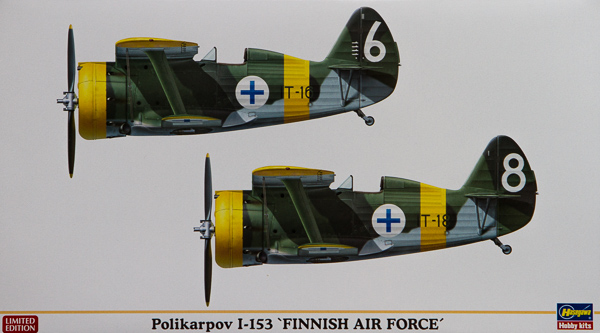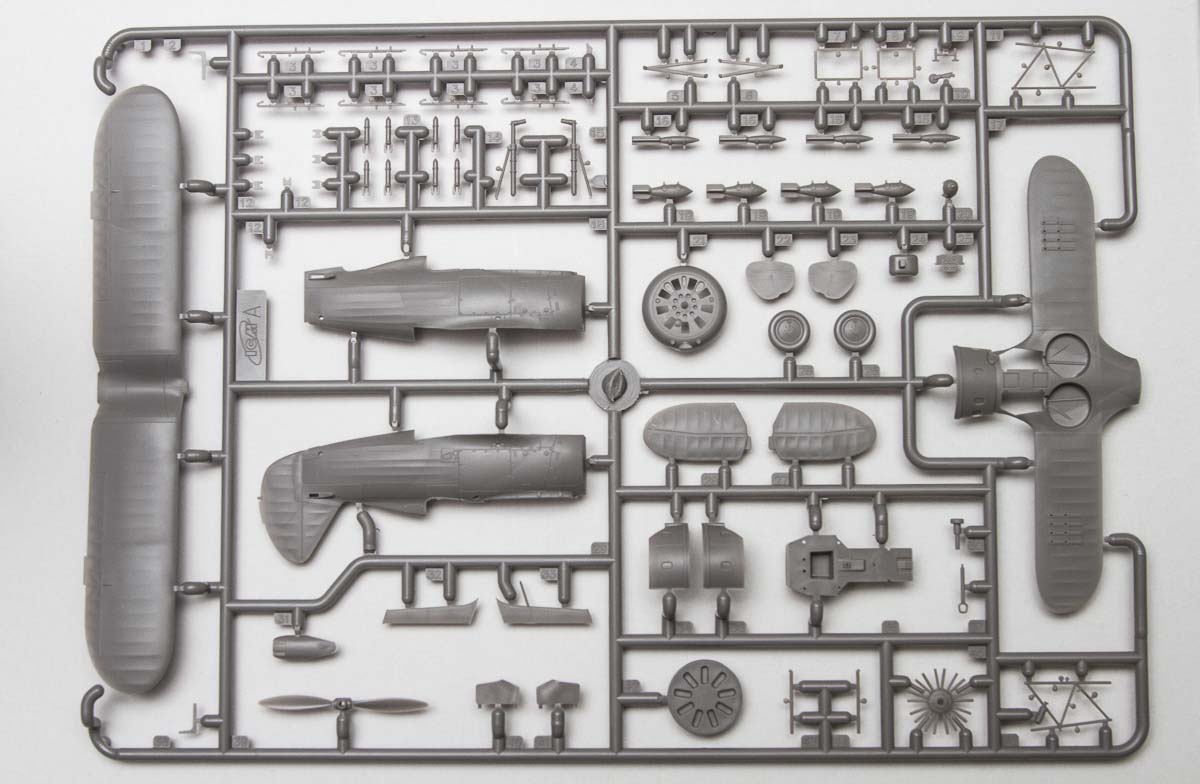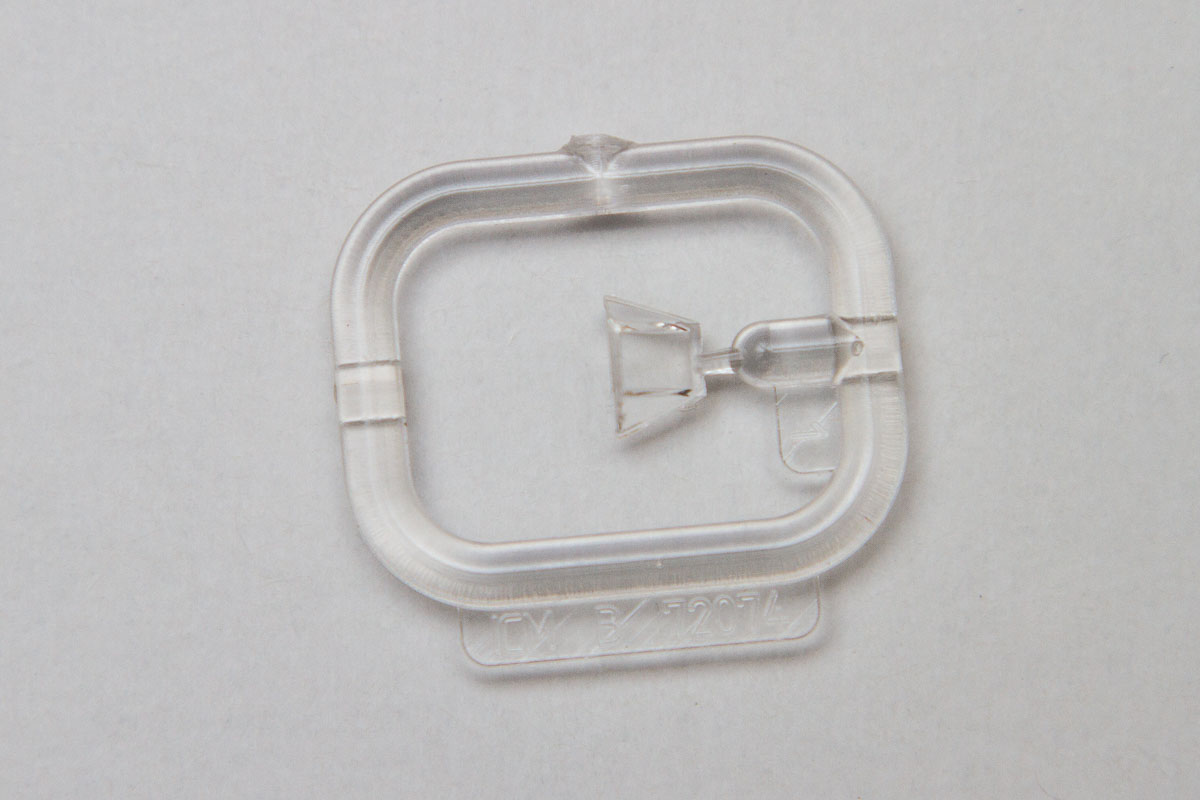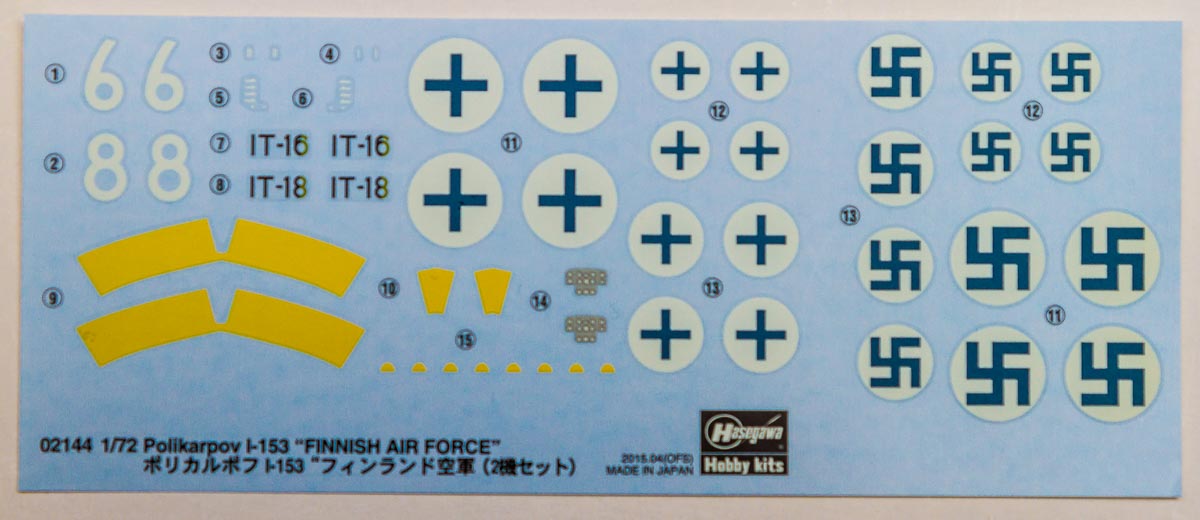
Hasegawa 1/72 Polikarpov I-153 "Finnish Air Force" Dual Combo
By Chris Banyai-Riepl
Overview
The Polikarpov I-153 was a development from their successful I-15bis, with a focus on maintaining maneuverability while improving overall performance. The most recognizable difference between the I-15bis and I-153 was the retractable landing gear, but other differences included the upper gull wing, better armament, and a more powerful engine. The I-153 first saw combat in 1939 in Mongolia during the Soviet-Japanese Battle of Khalkin Gol.
Finland operated 21 I-153s, all of which were captured aircraft. Eleven were captured by the Finns themselves, while the remaining ten were purchased from Germany. During the war against the Soviet Union, Finnish pilots claimed at least five victories while flying the I-153.
The Kit
When this kit was announced, there was quite a bit of speculation as to whether this would be a new tool kit or a reboxing of one of the other I-153 kits out there. Now that it is here, I can answer that question unequivocally: this is the ICM 1/72 I-153 kit. That is good news given that the other kit it could have been is the older and less accurate Heller kit. This kit is molded in light gray plastic and features excellent surface detailing across the board. This Hasegawa boxing provides markings for two Finnish aircraft, both with kill markings on the tail.

Starting with the interior, this is a complex assembly that is rich with detail. The seat is made up from four pieces, which then fits onto the cockpit floor along with the control column and rudder pedals. Over this goes the interior framing, which is built up from four side pieces and a separate instrument panel. The completed cockpit then fits onto the one-piece lower wing and attention can then turn to the major assembly.
The fuselage is split into right and left halves, with a separate cowling. The cowling itself is made up from a one-piece front ring and two side pieces, with the lower cowl section molded into the lower wing piece. The engine is simple, and with the louvered cowl face not much can be seen. Like the lower wing, the upper wing is molded as one piece, and the struts have solid slots in both wings for positive placement. The landing gear is simple, with the main gear strut molded as one piece with a separate support rod. The wheels are solid.

The kit does come with some variety of underwing stores as well. There are two types of bombs and a rocket option. The bombs are all molded as solid pieces, while the rockets feature separate rails and one pair of fins. There are four each of the two types of bombs, and eight rockets.

For the decal options, as both are Finnish aircraft they feature similar camouflages. This consists of black and green over blue, with yellow theater markings on the cowl and wingtips. The first option is #6, IT-16, flown by Captain Per-Erik Ahonius of 3./LeLv 6 in July 1942. This plane features two vertical kill markings on the rudder and four horizontal ones on the vertical fin. The other option is #8, IT-18, flown by Pilot Officer Olavi Puro of 3./LeLv 6in October 1942. This option has a single kill marking on the tail. The decals are nicely printed and include the yellow fuselage band for those who don't want to mask that off.
Conclusion
This is a very welcome re-release of the ICM kit, coupled with the bonus of getting two in one box. Simple yet well detailed, these should build up into an impressive little biplane. My thanks to Hasegawa USA for the review sample.
